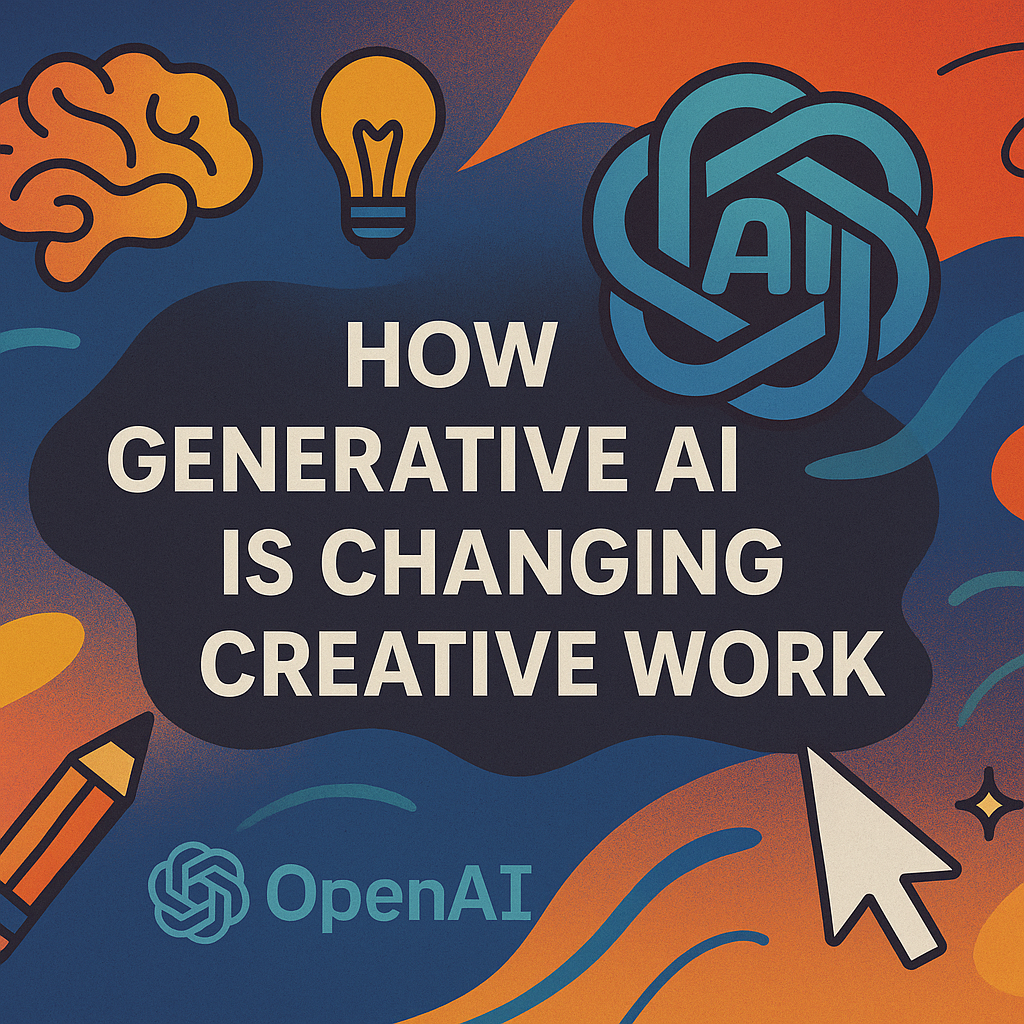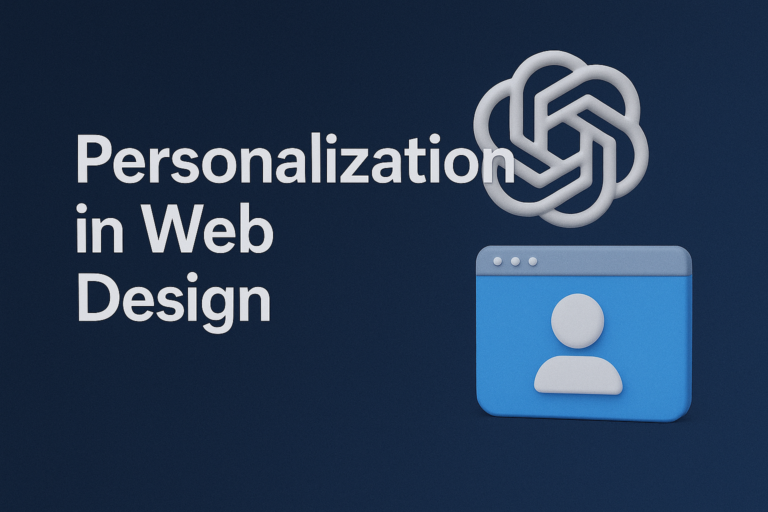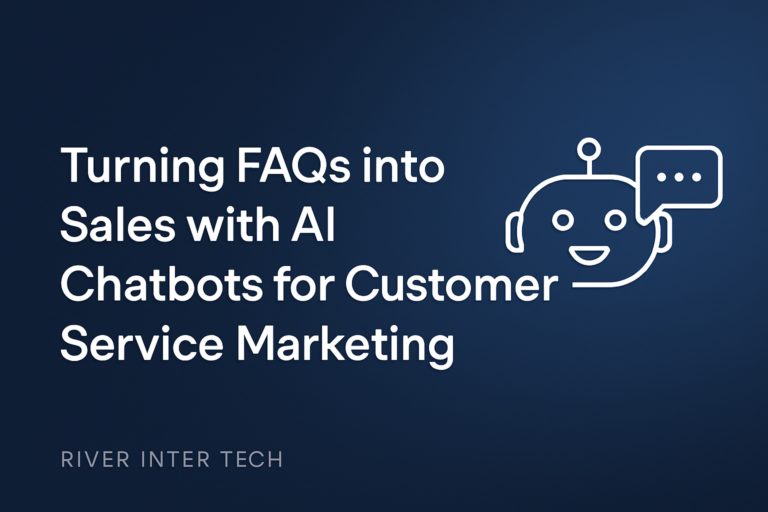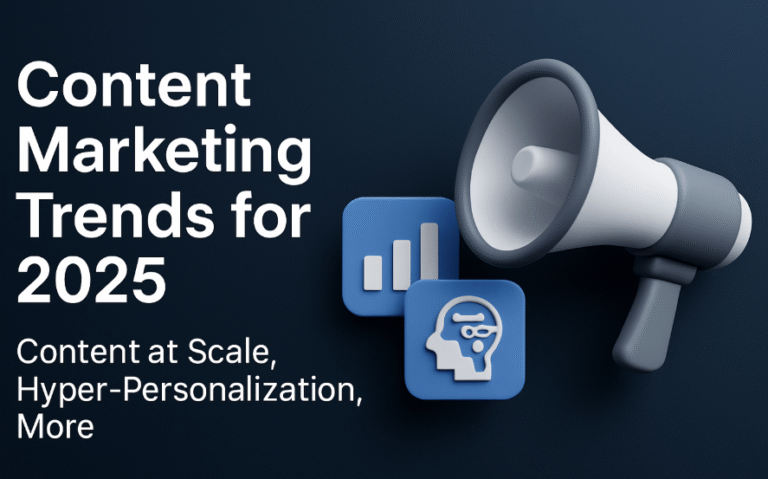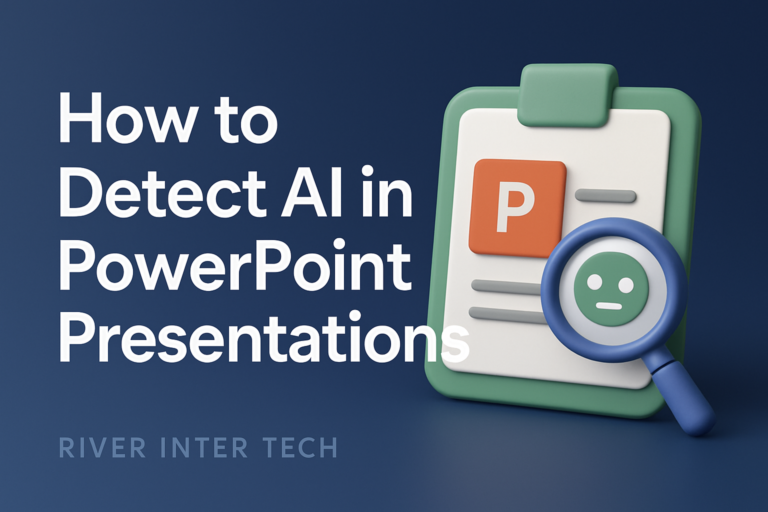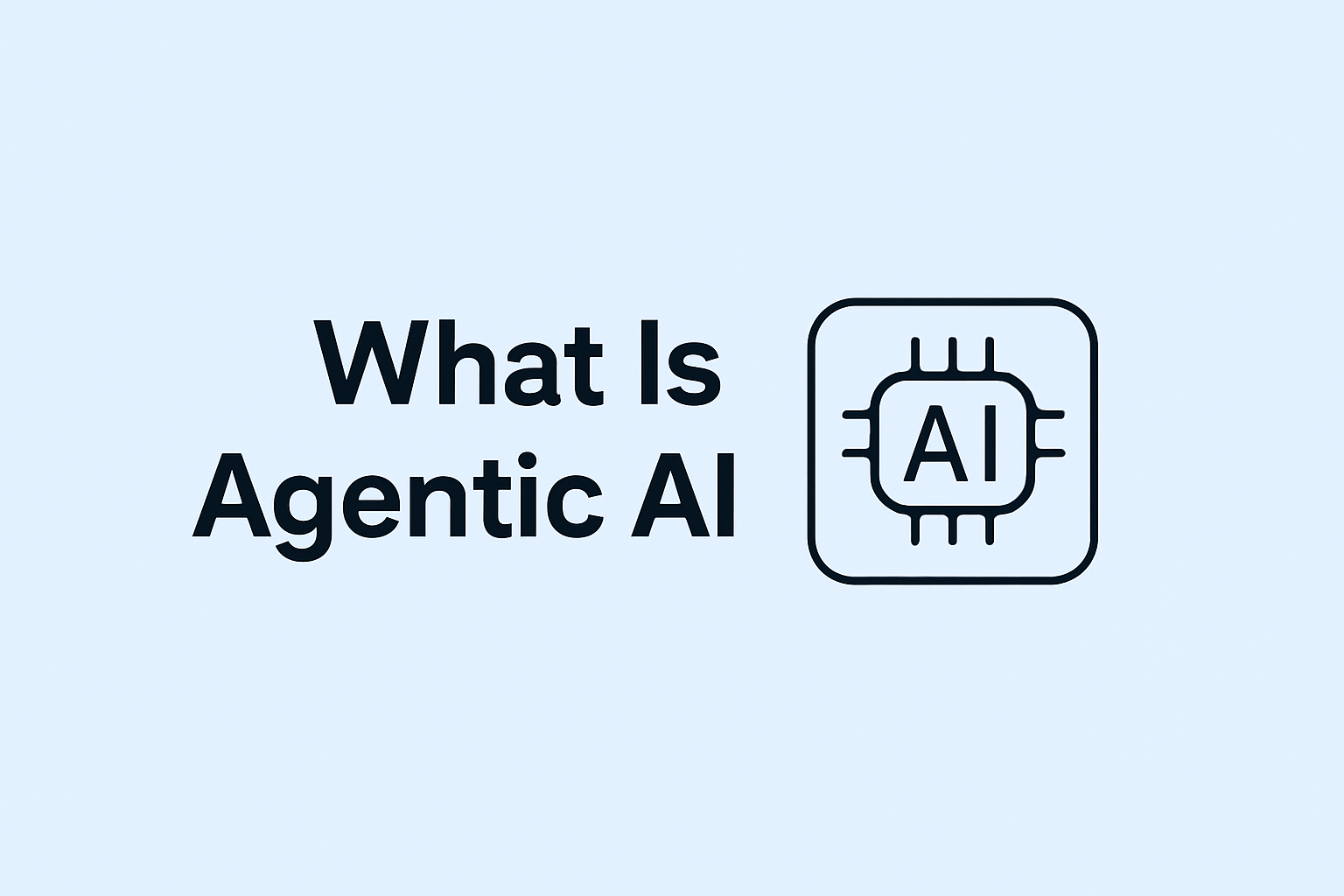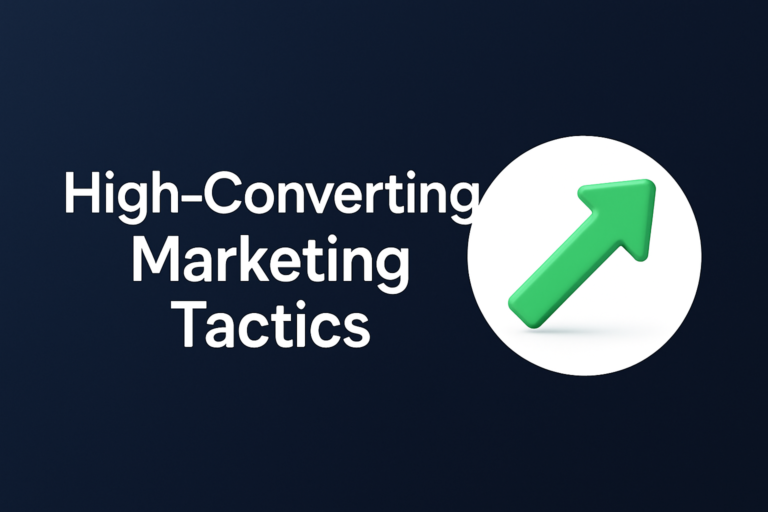How Generative AI Is Changing Creative Work
Did you ever think a robot could help paint a picture or write a story? A few years ago, that sounded like science fiction. Now, it’s reality. Generative AI, a new kind of artificial intelligence, is not just helping people make art, music, or ads.
It’s changing how we all think about creative work. If you’re curious about how your favorite apps, brands, or even school projects might look in a few years, stick around. Generative AI is starting a new chapter for everyone who creates, shares, and enjoys content.
What Is Generative AI?
Generative AI is a type of computer program that makes things like words, pictures, music, or video. It learns from tons of examples and can come up with new ideas based on what it’s learned.
For example, when you use a tool that writes poems, draws funny pictures, or even helps finish your sentences, you’re already using generative AI. Google’s Gemini and OpenAI’s ChatGPT are two well-known examples. These tools aren’t magic. They use huge amounts of data and powerful computers to “learn” how humans create. Once trained, they can help make something new in seconds.
AI in Creativity: Not Just for Tech Pros
Many people think you need to be a computer scientist to use AI. That’s no longer true. AI in creativity is showing up everywhere, from art studios to advertising agencies and even classrooms.
Programs like Adobe Firefly let people turn simple ideas into eye-catching images. Want to write a song or design an ad? Jasper and other “creative” AIs can get you started or help you brainstorm. This means creative jobs are changing. Now, knowing how to use AI can be as important as drawing or writing well.
How AI Is Used in Creative Work
Let’s break down what generative AI can do.
- It can make new content, such as stories, ads, or social media posts. This saves time and helps people focus on ideas instead of details.
- It can suggest edits to improve your work. For example, if you write a paper, an AI tool can check your grammar and even offer better words.
- AI can also help remix or personalize content for different audiences. Imagine you design a poster, and AI quickly changes the colors and text for a hundred different cities. That’s now possible.
Automation in Creative Industries
Automation in creative industries means using machines to do repetitive tasks. In these industries, AI handles jobs like sorting photos, tagging music, or even making drafts of videos.
This doesn’t mean robots are taking over. Instead, people spend less time on boring chores and more time thinking up new ideas. Adobe’s CEO explains that AI in their tools acts like a copilot, helping artists work faster and dream bigger. In advertising, companies use AI to generate new logo ideas or test out many ad designs at once. It’s all about working smarter, not harder.
How Generative AI Changes the Future of Work
Work will never be the same. Generative AI is making creative tasks faster and more fun. Now, teams can test more ideas and see what works best.
Marketing groups, for example, use AI to write ads and social posts in minutes. Teachers use it to help students find new ways to learn and express themselves. Even coders use AI to help write and fix computer programs. Because AI can help so many people, knowing how to work with these tools will become a key skill for the future of work.
Real-World Examples: AI at Work
It’s not just talk. Big brands and small businesses are using generative AI every day.
Heinz asked an AI to create a picture of a ketchup bottle, and the result looked just like their famous label. Stitch Fix uses AI to design clothes based on what customers want. Adobe built Firefly, an AI that helps artists turn words into art and make changes with a click. These cases show that AI isn’t here to replace people. It’s here to help spark more ideas and save time.
What Does This Mean for Artists and Writers?
Some people worry that AI will take over creative jobs. But most experts say AI is a tool, not a replacement. Think of it like a camera or a paintbrush. It can help, but you still need good ideas.
Artists and writers now have more ways to share their voice and show what makes their work unique. Generative AI can help finish boring parts of creative work faster, so people can focus on what matters most: fresh ideas, fun stories, and emotional art.
Challenges and Questions
Nothing is perfect. Generative AI brings up tough questions. Who owns art or words made by a machine? What if someone uses AI to make fake news or images?
Creative industries are working on rules and labels so people know when AI is involved. Companies like Adobe are adding “digital nutrition labels” to show how something was made, and OpenAI is finding ways to mark AI-created images. The journey is just beginning, and everyone is learning as they go.
Tips for Using Generative AI in Creative Work
Learning to use AI starts with a simple step: try it out. Pick a tool that fits your needs, like a writing helper or a drawing app. Start by giving it small tasks, then edit and tweak what it gives you.
The more you experiment, the better you’ll get at making prompts and knowing what works. Remember, AI is a partner. Use it to boost your ideas, not just to make things fast. If you’re part of a team, share what you learn. Teams that mix AI’s speed with human creativity do the best work.
The Road Ahead: Creativity Gets Bigger
Generative AI is more than a trend. It’s a new way to create and share. In the next few years, expect more apps and tools that mix AI with writing, art, and even music.
Kids and adults will both find new ways to make things and tell stories. The most important skill will be using AI as a helper, not as a crutch. Creative work industries will have new jobs, like “prompt engineer” or “AI art director,” where people guide AI to get the best results. The future of work is about ideas and teamwork—powered by smart machines.
Frequently Asked Questions
How does generative AI affect jobs in creative fields?
Generative AI helps people work faster and try more ideas. It does not replace humans but helps them be more creative and productive.
Can AI make original art or stories?
AI can create new work based on what it has learned, but it needs people to give it direction and edit the results. The best work still comes from teamwork between humans and AI.
Is AI only for professionals?
No. Anyone can use AI tools, from students to designers. Many apps are easy to learn and let beginners make art, stories, or music with just a few clicks.
What are the risks of using generative AI?
There are worries about who owns AI-made content and about fake images or news. Industry leaders are making rules and labels to help solve these problems.
Generative AI is opening doors for anyone who wants to create. It’s a tool, not a rival. With a little curiosity and practice, everyone can join the new era of creative work, where ideas come to life faster and bigger than ever before.
Sources:

